
1. Global Wealth Concentration
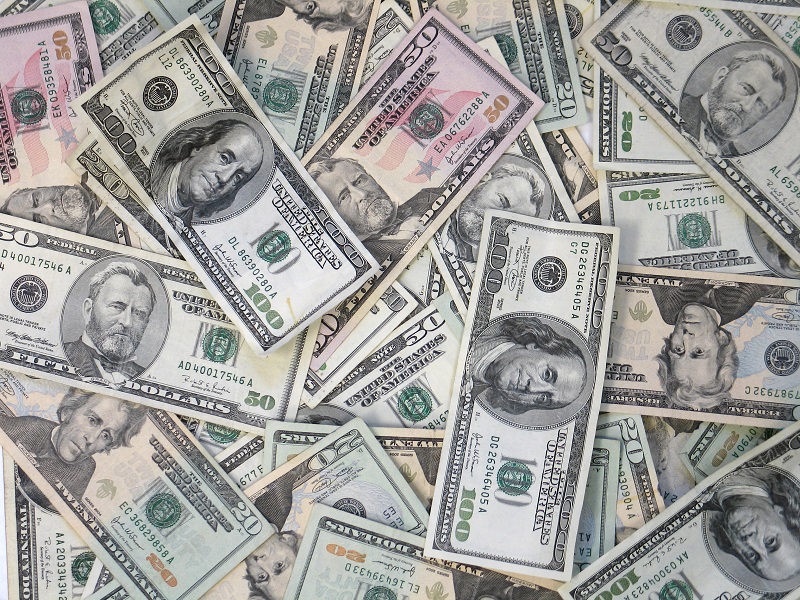
2. Living on Less Than $1.90 a Day
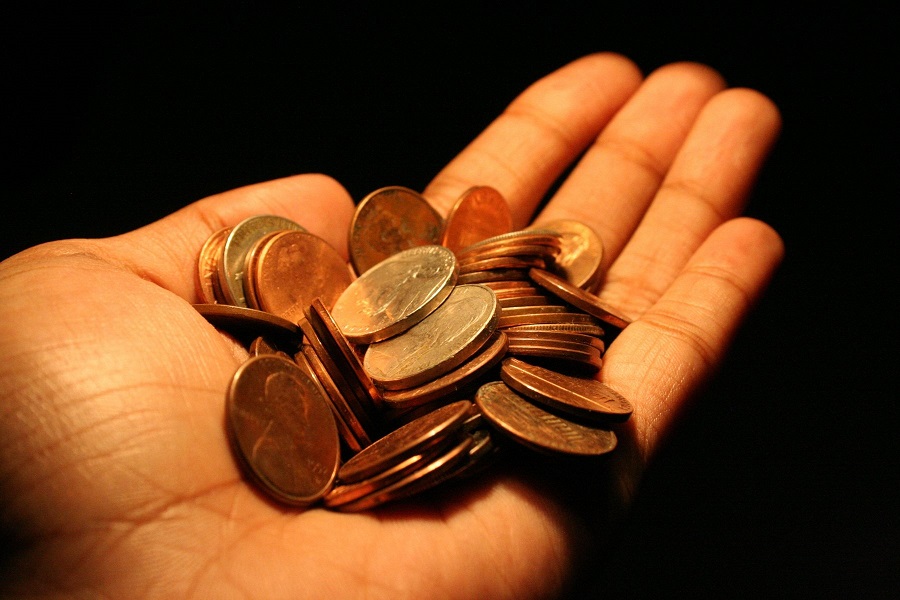
3. Wealth Inequality Within Nations

4. Child Poverty Rates
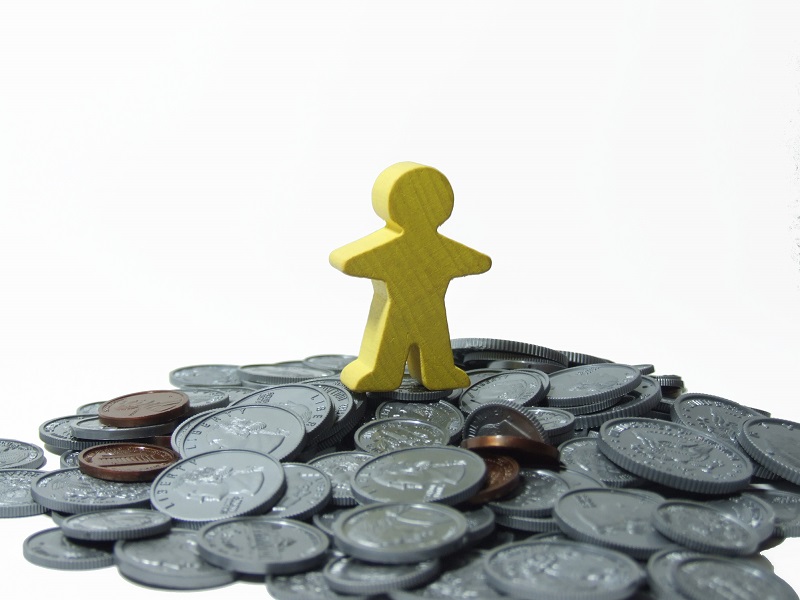
5. Billionaire Wealth During Global Crises
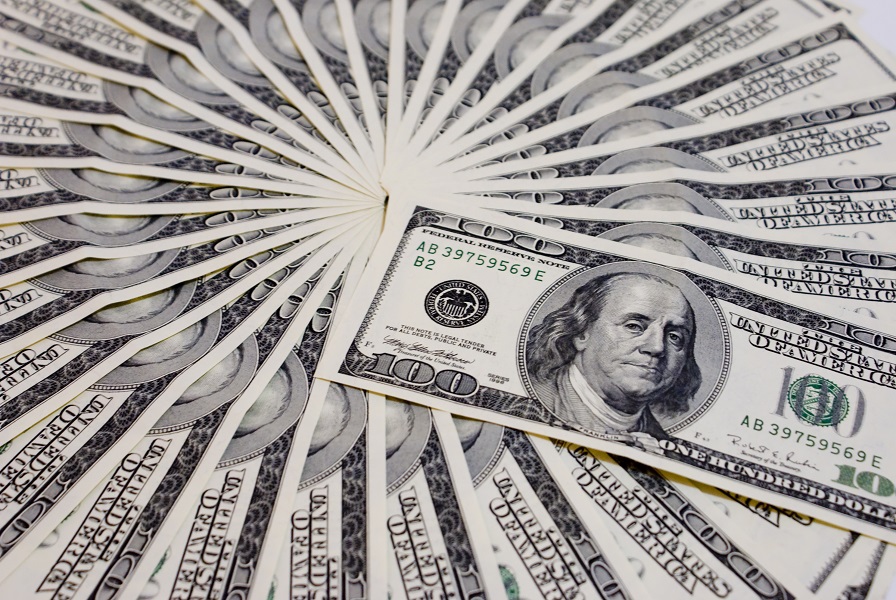
6. Access to Education
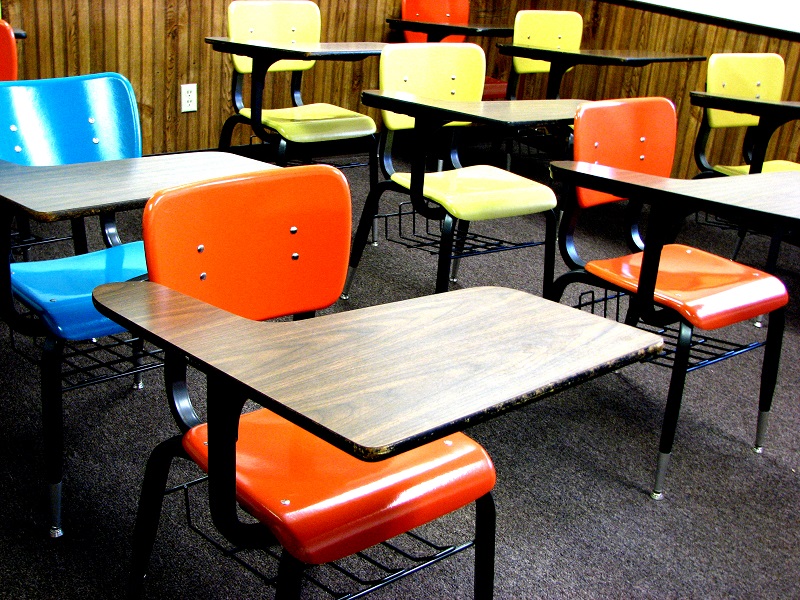
7. Healthcare Disparities

8. Housing and Homelessness
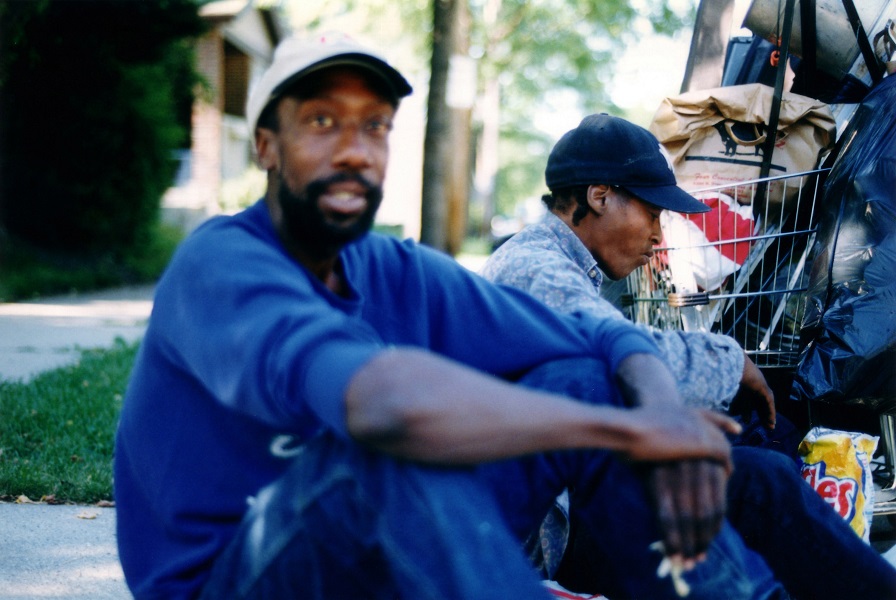
9. The Gender Wealth Gap

10. Climate Change and Poverty

11. Food Insecurity
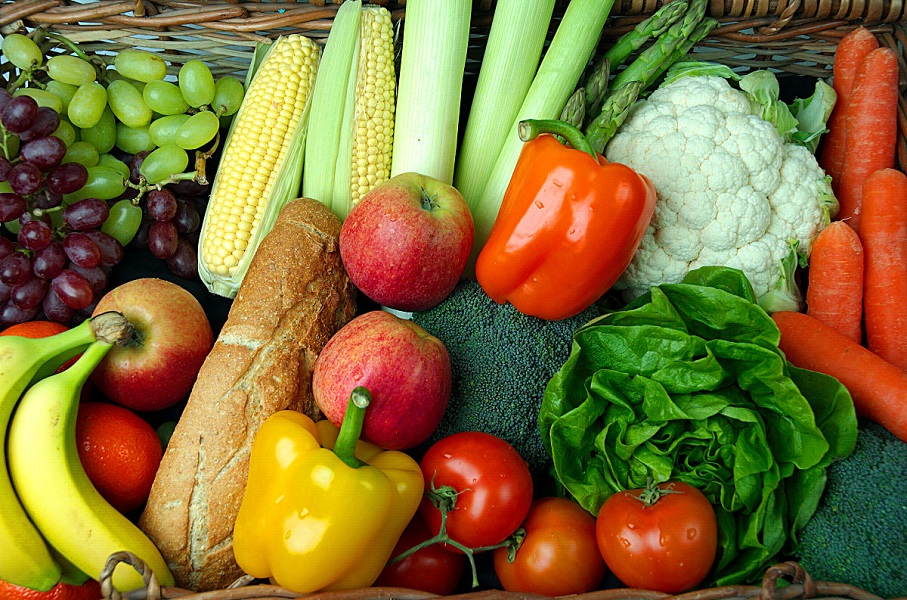
Bridging the Divide

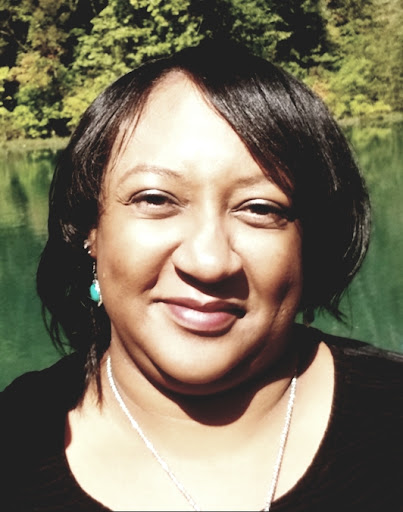
Toi Williams began her writing career in 2003 as a copywriter and editor and has authored hundreds of articles on numerous topics for a wide variety of companies. During her professional experience in the fields of Finance, Real Estate, and Law, she has obtained a broad understanding of these industries and brings this knowledge to her work as a writer.
